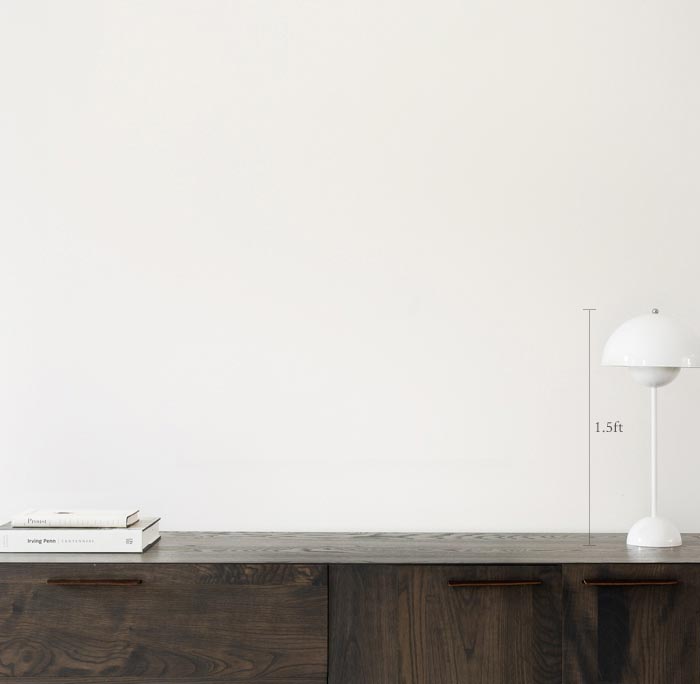







241 Views
17
View In My Room
Collage, Monotype on Paper
Size: 24 W x 24 H x 1.5 D in
Ships in a Box
241 Views
17
Artist Recognition

Showed at the The Other Art Fair

Artist featured in a collection
ABOUT THE ARTWORK
This collage was chosen for exhibition twice and is part of the same series that Saatchi Art featured in the April 27, 2020 'New This Week' collection. This is the fifth and the largest in my 'Night and Day' series of collages mounted on wood panels. Each is made using entirely unique hand-printed cyanotypes. These are not etchings made from a reproducible image inscribed on a metal plate or carved in a block. My botanical cyanotypes made with living plants are all monoprints. In this collage on wood panel, the colors of night and day, the good and the bad are united in one image, a reminder that day always follows even the darkest night. I took care to match the shapes and the flow of two prints of the same plant from my garden, Fatsia Japonica with its 9-pointed leaves. The yellow side is the alter ego of the blue night side. The stems of the giant leaves bend toward each other in an endless circular flow. I chose a quadruple-exposure blue print from my last year's 'Mother Nature' series and toned (altered the color) of another print of the same leaves from the same series. Each of the cyanotypes that was cut up to assemble one of my collages was a unique monotype made from plants in my own garden. Cyanotypes, also known as blueprints or sun prints, are a 19th century alternative photographic process which does not require a camera lens. There is a 3/8 inch (1 1/4 cm) border of white painted wood showing around the image when viewed from the front and the four sides of the 1 1/2 inch (3 3/4 cm) deep birch cradled panel are painted white. This eliminates the need for a frame. There is a wire on the back making it ready to hang immediately. The papers used in the collage are heavy 100% acid-free watercolor paper which will not yellow with age. The paper's surface is sealed with a transparent, matte layer of cold wax to protect it.
Original Created:
2020
Subjects:
Mediums:
DETAILS AND DIMENSIONS
Collage:
Monotype on Paper
Original:
One-of-a-kind Artwork
Size:
24 W x 24 H x 1.5 D in
Frame:
Not Framed
Ready to Hang:
Yes
Packaging:
Ships in a Box
SHIPPING AND RETURNS
Delivery Time:
Typically 5-7 business days for domestic shipments, 10-14 business days for international shipments.
Handling:
Ships in a box. Artists are responsible for packaging and adhering to Saatchi Art’s packaging guidelines.
Ships From:
United States.
Have additional questions?
Please visit our help section or contact us.
Christine So
United States
Clients include: Timothée Chalamet, Starbucks, Ritz Carlton, Mayo Clinic, Jumaira Resort (Dubai), Wyndham Worldmark Hotels, Kimpton Hotel Monaco, Evercore NY, Apollo Global Management, NY, Mazars Accounting NY, Limelight Mammoth Hotel & Residences, MD Anderson Hospital, Houston Methodist Hospital, Oakland International Airport. Christine So is a painter, photographer and printmaker living across the San Francisco Bay in the hills of Oakland, California. Her works are heavily inspired by the woods where she has lived and hiked for decades. She works in acrylic and in the antique photographic process of cyanotypes. She creates botanical and abstract prints without a camera lens, as well as hand-printed landscape photographs of the foggy woods where she lives. Whether it’s painting, printmaking, or photography, her work is always nature-inspired and nearly always monochromatic. She has worked in a dozen mediums, cycling back and forth from painting to printmaking to cyanotype, applying effects from one medium to the next. She bridges the mediums of photography, monoprinting and painting. Her favorite question when working in the antique photographic process of cyanotypes is “What would happen if…?” She has devised a range of atypical techniques using the cyanotype process. Arguably the most striking of her unique methods are her cyanotype paintings in her Delft Garden series. The painted silhouettes of plants each contain an intricate blue and white pattern within them when viewed up close.The lengthy process begins as a pencil drawing which is then painted in–not with ink or paint–but with the cyanotype light-sensitive mixture in a dark room. It’s a tricky process as it’s hard to see what one is painting in very dim light. Days later once the photography chemicals have dried in the painting, she lays plants on top of the painted silhouette in a pattern that will leave gaps similar to lace. She then carefully moves the entire bundle outside and exposes the pattern to sunlight to create the image-within-the-image. The blue and white pattern seen in each leaf resembles painted Delft pottery, thus the title of this series: Delft Garden. Another of the artist’s innovative techniques is her series of completely abstract cyanotypes printed without photo negatives or stencils.
Artist Recognition

Handpicked to show at The Other Art Fair presented by Saatchi Art in Los Angeles

Artist featured by Saatchi Art in a collection
Thousands of 5-Star Reviews
We deliver world-class customer service to all of our art buyers.
Satisfaction Guaranteed
Our 14-day satisfaction guarantee allows you to buy with confidence.
Global Selection of Emerging Art
Explore an unparalleled artwork selection by artists from around the world.
Support An Artist With Every Purchase
We pay our artists more on every sale than other galleries.